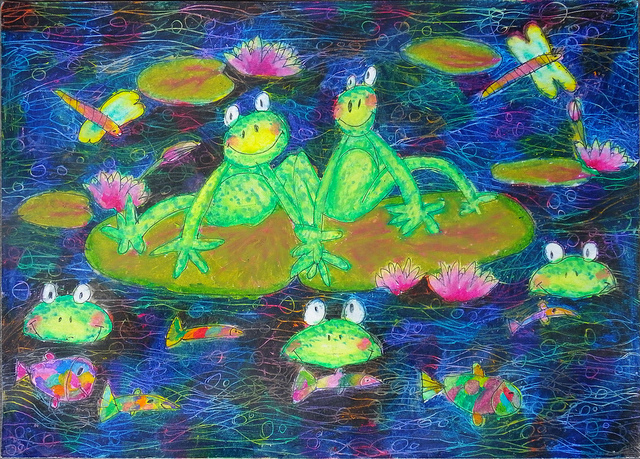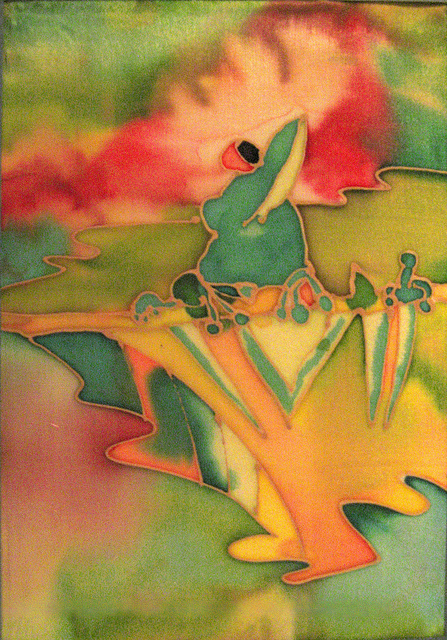The Keystone XL Pipeline: Why We Oppose It
Recently we caught the news reports about the Forward on Climate rally, in which thousands gathered in Washington, DC, on February 17, to urge the President to start his second term with strong climate change action. Among the many environmental issues the nation faces, protesters focused in particular on the proposed Keystone XL pipeline.
What is the Keystone XL pipeline? Basically, it is a pipeline that would be built to carry tar sand oil from Alberta, Canada, through the United States, to the Gulf Coast.
Some of the issues involved (mainly gleaned from the Sierra Club site) include:
Dirty Oil: Tar sand oil is dirty oil and contains heavy metals and cancer-causing toxins. This oil is originally in a tarry substance that needs to be highly processed to be turned into crude oil (unlike oil that’s drilled directly from the ground). Because it’s heavy, it is more prone to oil spills. Spills from Keystone XL could potentially pollute waterways, destroy farmland, and put drinking water at risk along the entire 1,700-mile route.
Oil for Export: Keystone XL is primarily an export pipeline. Gulf Coast refiners plan to refine the cheap Canadian crude supplied by the pipeline into diesel and other products for export to Europe and Latin America. Proceeds from these exports are earned tax-free. Much of the fuel refined from the pipeline’s heavy crude oil will never reach U.S. drivers’ tanks.
Oil industry influence: The oil industry has spent millions lobbying the members of the US Congress—as much as $12 million. Millions more have gone to pro-pipeline special interest groups like he American Petroleum Institute and the U.S. Chamber of Commerce.
Opposition by native Canadian leaders and activists: As reported in www.canada.com, Chrystal Lameman, 30, an Alberta Sierra Club worker whose Cree band is located in the oil sands, described at the rally how her people are “dying from cancer,” and that fish in northeastern Alberta have cancerous tumors, moose have “puss bubbles under the skin” and babies are airlifted to the hospital for drinking contaminated water “and that’s the truth.”
Here’s a brief video produced by the Sierra Club that outlines some of the issues, including the problems with tar sands oil:
From an environmental perspective, the costs of building this pipeline seem to outweigh any benefits (such as maintaining good relations with Canada and increased jobs). We hope that President Obama doesn’t lend his support to the project.




















